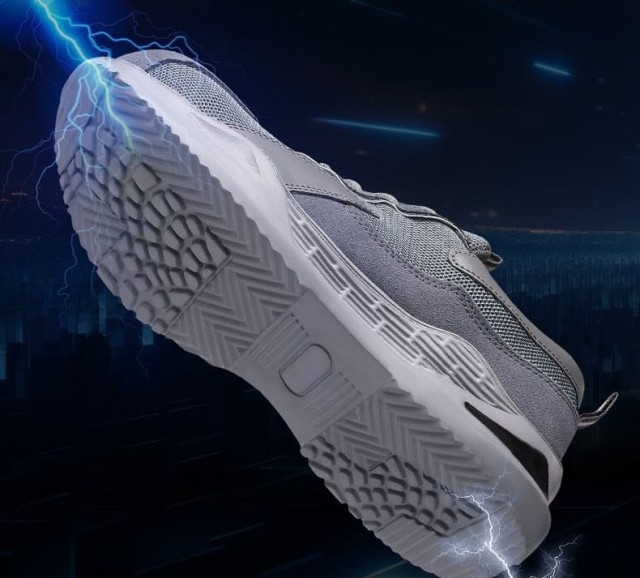When working around live wires or electrical equipment, the wrong safety boots can turn a protective measure into a lethal hazard. This guide explores how composite toe boots provide critical electrical hazard protection while maintaining the impact resistance of traditional steel toe designs—helping you stay safe without compromising on OSHA compliance or comfort.
Safety Footwear Essentials
Core Advantages of Steel Toe Boots
Steel toe boots have long been the standard for industrial safety, offering:
- High-impact protection: Reinforced toe caps withstand crushing forces from heavy objects.
- Durability: Metal components resist abrasion and punctures.
- Cost-effectiveness: Lower upfront costs compared to advanced composites.
However, their metallic construction poses hidden risks in specific environments.
The Hidden Risk: Conductivity in Electrical Environments
Steel’s conductivity becomes dangerous when:
- Exposed to live circuits (e.g., faulty wiring or ungrounded equipment).
- Working in wet conditions where electricity can travel through moisture.
Research shows that non-conductive composite materials reduce electrical injury risks by over 60% in utility and construction settings.
Alternatives for Electrical Hazard Jobs
Composite Toe Boots: Non-Conductive Protection
Made from materials like Kevlar, carbon fiber, or reinforced plastics, composite toe boots deliver:
- Electrical hazard (EH) safety: No conductive metals prevent current flow.
- Lightweight comfort: Up to 30% lighter than steel toes, reducing fatigue during long shifts.
- Thermal insulation: Better performance in extreme temperatures (e.g., cold weather or foundries).
Key Certifications for Electrical Safety (ASTM/OSHA)
Look for these standards when selecting boots:
- ASTM F2413-18: Certifies impact/crush resistance (same as steel toes).
- EH rating: Confirms non-conductive soles and shanks.
- OSHA 29 CFR 1910.136: Mandates footwear for workplaces with electrical exposure.
Pro Tip: Boots labeled "ASTM F2413-18 EH" meet both impact and electrical safety requirements.
Making the Right Choice
Industry-Specific Use Cases
- Construction/Manufacturing: Steel toes excel for heavy machinery zones without electrical risks.
- Electrical Utilities/Telecom: Composite toes are mandatory near live circuits.
- Airports/Security Checkpoints: Non-metallic composites avoid metal detector triggers.
Cost vs. Safety: Material Comparison
| Factor | Steel Toe | Composite Toe |
|---|---|---|
| Upfront Cost | $–$$ | $$–$$$ |
| Electrical Safety | Poor | Excellent |
| Weight | Heavy | Light |
| Lifespan | 12–24 months | 18–30 months |
While composite boots cost slightly more, their extended lifespan and reduced injury risks often justify the investment.
Ready to Upgrade Your Team’s Safety Footwear?
3515 manufactures ASTM-certified composite toe boots designed for electrical hazard jobs—combining lightweight protection with industry-leading durability. Distributors and bulk buyers can request custom solutions tailored to your workforce’s needs.
Contact 3515 today to explore footwear that keeps your crew safe and compliant.
Related Products
- Wholesale Customizable Suede Safety Boots - Puncture-Proof with Velcro Closure
- Puncture-Resistant Velcro Safety Boots for Wholesale & Custom Manufacturing
- Customizable Anti-Smash Safety Boots for Wholesale & Private Label Manufacturing
- Wholesale Leather Safety Boots with Customizable Protective Toe
- Durable Leather Safety Boots for Wholesale & Custom OEM Manufacturing
Related Articles
- Steel Toe Work Boots: Balancing Safety and Comfort for Demanding Jobs
- How to Choose Work Boots That Match Your Industry's Safety Needs
- Work Boots vs. Western Boots: How to Choose the Right Footwear for Labor Safety
- How to Choose Work Boots That Match Your Job's Safety Demands
- How to Choose Work Boots That Balance Safety, Comfort, and Durability for Your Job




















